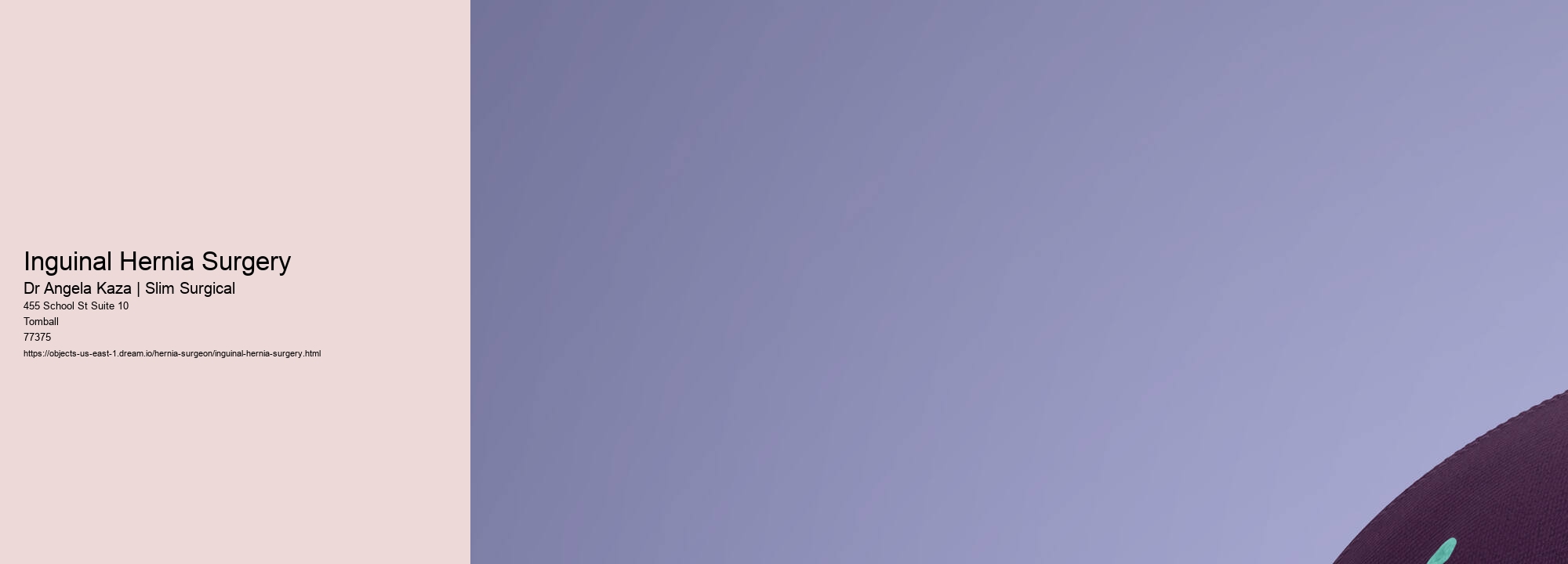Inguinal hernia surgery is a common procedure undertaken to repair the weakness in the abdominal wall that characterizes an inguinal hernia. An inguinal hernia occurs when tissue, such as part of the intestine, protrudes through a weak spot in the abdominal muscles. The resulting bulge can be painful, especially when you cough, bend over, or lift a heavy object.
Anatomy plays a pivotal role in understanding inguinal hernias. The inguinal canal resides in the groin region and is a passageway for structures such as the spermatic cord in men and the round ligament in women. Inguinal hernias are more prevalent in men because the testicles descend through the inguinal canal shortly before birth, potentially leaving a weakened area.
There are two types of inguinal hernias: indirect and direct. Indirect inguinal hernias are congenital and are more common in babies and children, resulting from the failure of the inguinal canal to properly close before birth. Direct inguinal hernias, on the other hand, are generally acquired and occur mainly in adult males due to straining and the natural weakening of muscles with age.
Inguinal hernia surgery can be performed using one of two methods: open hernia repair, or laparoscopic hernia repair. Open hernia repair, known as herniorrhaphy, involves making an incision in the groin and pushing the protruding tissue back into the abdomen. The surgeon then sews the weakened area, often reinforcing it with a synthetic mesh (hernioplasty). The incision is then closed with sutures, staples, or surgical glue.
Laparoscopic hernia repair is a less invasive technique that uses several small incisions instead of one larger one. A laparoscope, which is a thin tube with a tiny camera, is inserted through one of the incisions, allowing the surgeon to view the hernia and surrounding tissue on a screen. Instruments are inserted through the other incisions to repair the hernia using synthetic mesh. This method typically offers a quicker recovery time, less postoperative pain, and a smaller scar.
The decision between open and laparoscopic surgery depends on several factors, including the size and location of the hernia, the patient's past medical and surgical history, the surgeon's expertise, and the patient's preference.
Recovery from inguinal hernia surgery varies with the type of procedure performed and the patient's overall health. Typically, patients can go home the same day as their surgery and can return to their usual activities within a few weeks. Heavy lifting and strenuous activities are restricted for a period to allow for proper healing.
Complications from inguinal hernia surgery are rare but can include infection, hernia recurrence, pain, and damage to surrounding tissues, including nerves, the spermatic cord, or the intestine. Long-term pain, known as chronic postoperative inguinal pain (CPIP), can occur and may require further treatment.
Preventive measures for inguinal hernias are somewhat limited, given that many factors contributing to their development are not under one's control. However, maintaining a healthy weight, avoiding heavy lifting, and not smoking-which can affect tissue integrity-can be helpful.
In conclusion, inguinal hernia surgery is a standard and effective treatment for a common health issue. With advances in surgical techniques and materials, the procedure has become increasingly safe and effective, allowing individuals to return to their daily lives with minimal disruption. As with any surgical procedure, a thorough discussion with a healthcare provider can help determine the best approach for each individual patient.
